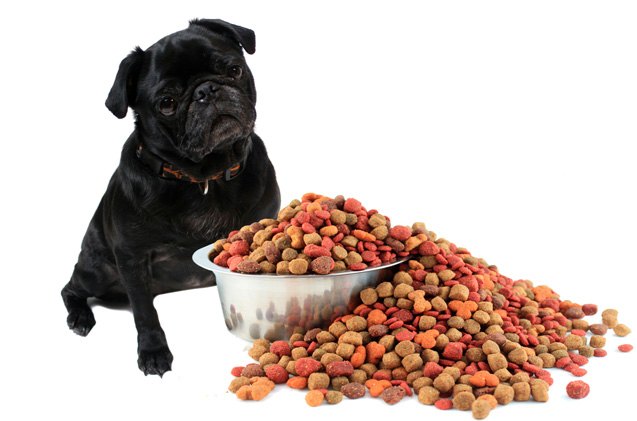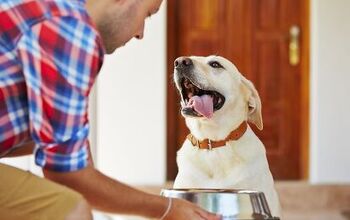What You Need To Know About Dog Food Labels

Looking into what goes into your dog’s food is an important part of being a pet parent. You want to make sure that the dog food company’s commitment to your dog’s health is as strong as yours. With dog food recalls on the rise, it’s never been as important to know what’s in your dog’s bowl. Do you know how to read dog food labels properly?
It’s true that times have changed. It’s not like when our grandparents owned dogs. Now, dogs are considered part of the family. As such, we are sensitive to their well-being, especially when it comes to diet. When you go grocery shopping for your family, you look at the food labels to see what’s been included (or even what’s not included). You should be doing the same with your dog’s food. Let’s go over a few things you should be looking for when you choose a dog food.
The first five ingredients listed on a dog food label are the most important. Why? It’s because these items are the most abundant in the formula. Because dog food manufactures are required by federal law to list all of a product’s ingredients in descending order of their pre-cooking weights, the top five are the most important.
When looking at these five, high quality, digestible meat-based protein should be near the top. If it’s not there, put that bag down and move away quickly! As you move down the list, you’ll see other ingredients that make the rest of the formula. But the further down the list an item is, the less it contributes to the food. That’s why you shouldn’t be too impressed if you see a long list of vitamins or minerals that fill out the rest of the label.
A good-quality dog food will have two quality animal protein ingredients listed in the first few ingredients. As well, you should for a food that also has two different sources of fat in the ingredient list. This helps to ensure that your dog gets enough essential fatty acids in his diet.
You’ll notice that every dog food package lists serving size recommendations for dogs of varying sizes. Typically, these guidelines overestimate the amount of food a dog will need to eat on any given day. Depending on how much exercise your dog gets, you can adjust the serving size to fit his dietary needs.
Food touted as “Organic” or “All Natural”: Wow, those things sound awesome! That must mean that this dog food is uber good, right? Well, not so much. There are some dog food companies that list organic or all natural on their packaging, but it can be nothing more than a marketing gimmick. If it’s truly organic, it will be certified by the USDA.
Corn, soy and wheat: These ingredients are often used as filler and have no nutrition value. Even worse, these are common dog allergens. If your dog suffers from skin irritations, these ingredients can often time be the culprits.
By-Products: Yum – even the name sounds tasty. Yeah, not so much. These appetizing ingredients can include heads, feet, blood, lungs, spleens, ligaments, and fat trimmings. Again, these are fillers that don’t add anything of value to your dog’s diet.
How did you choose your dog’s current food? Did you have to try several before finding the right one? Please leave your comments below.

Amy Tokic, Editor of PetGuide.com, is a passionate animal lover and proud pet parent of Oscar, a Shih Tzu/Chihuahua cross, and Zed, a Japanese Chin. Her love of animals began in kindergarten, when she brought her stuffed dog Snoopy into class with her every day. Now, she writes about her adventures in pet ownership and tirelessly researches products, news and health related issues she can share with other animal enthusiasts. In her free time, Amy loves perusing used book and record stores, obsessing over the latest pet products available and chasing squirrels with wild abandon (a habit attributed to spending too much time with her pooches).
More by Amy Tokic























